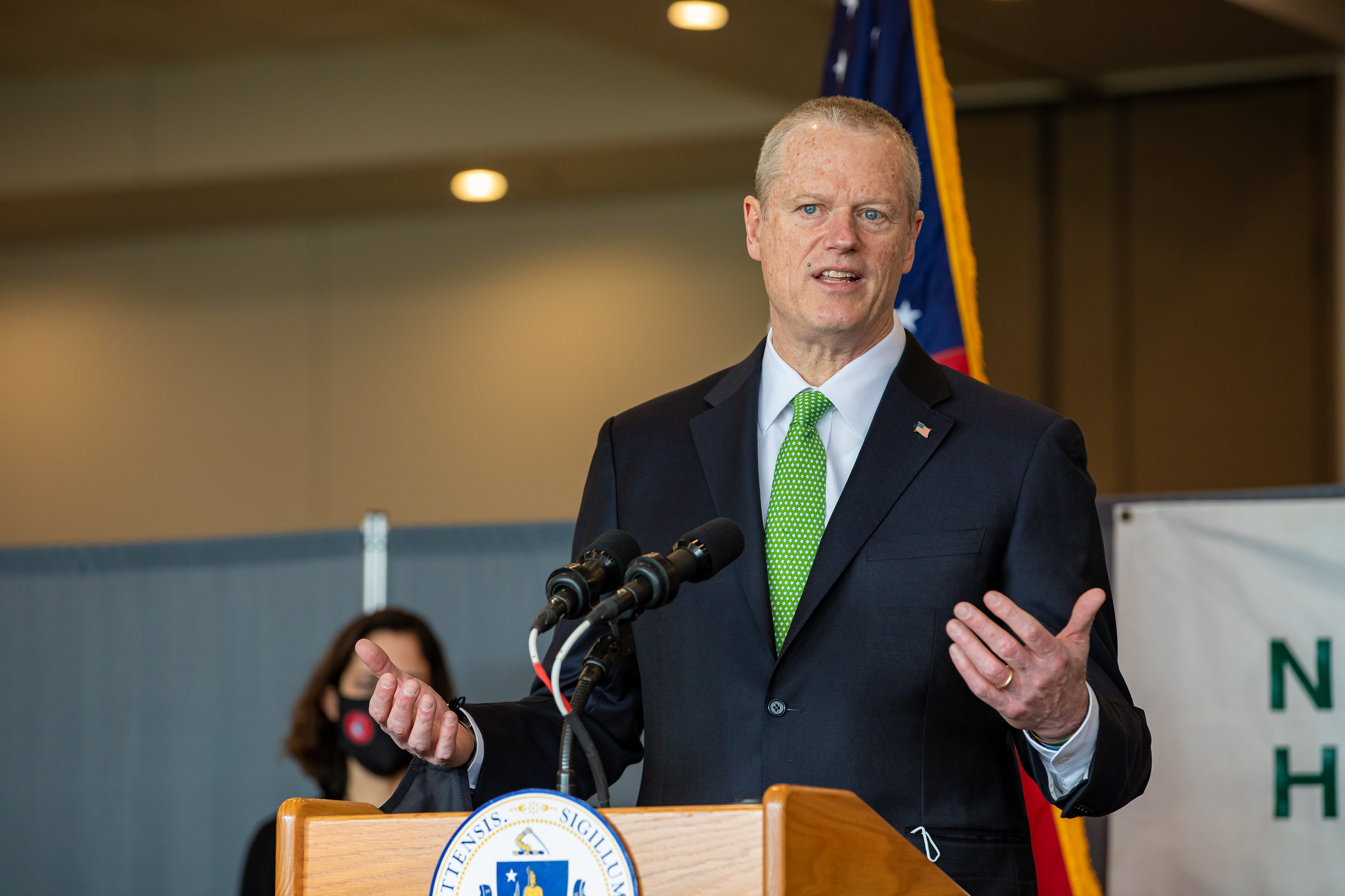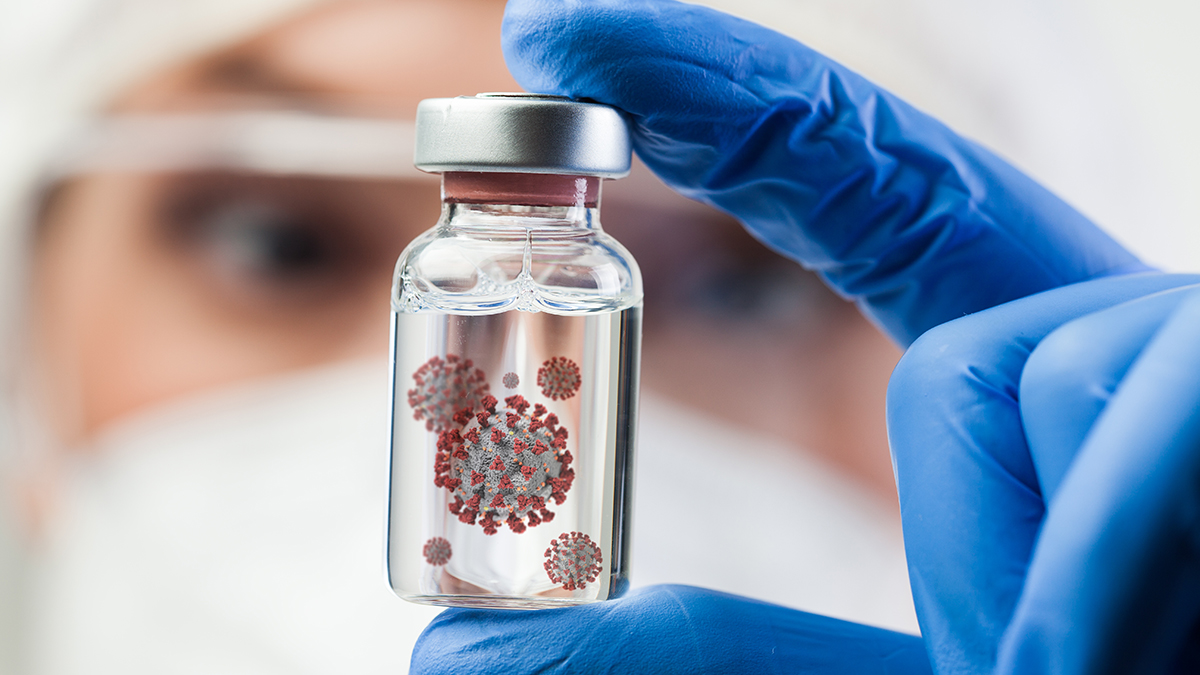The number of Massachusetts communities at the highest risk of coronavirus transmission has increased for the first time in weeks, though only by six.
The town-by-town coronavirus data released Thursday showed 20 communities in the high-risk red zone, up from 14 last week. The number had been falling since mid-January, when it peaked at 229 cities and towns in the red zone.
The town-by-town coronavirus risk data classifies communities' risk level on a scale from red, the highest, to grey, and is one of many metrics tracked by the state that have shown the latest COVID surge subsiding. (See this week's full list of red zone communities below.)
Massachusetts' coronavirus metrics have been trending down since roughly the new year, signaling that the state's second surge is abating. The drop in communities in the red zone appears to be another sign the surge is receding, though experts say the more contagious coronavirus variants now appearing in the state could drive a new surge.
Get Boston local news, weather forecasts, lifestyle and entertainment stories to your inbox. Sign up for NBC Boston’s newsletters.
See Thursday's town-by-town coronavirus data here.
Massachusetts COVID Hot Spots
The following 20 communities are in the highest risk level as of Thursday: Barnstable, Chicopee, Dighton, Douglas, Fall River, Freetown, Hanson, Lancaster, Lawrence, Lowell, Methuen, Millis, Plymouth, Revere, Rutland, Southwick, Sterling, Sutton, West Bridgewater and Yarmouth.
Of those communities, 12 are newly in red on the list this week: Barnstable, Dighton, Hanson, Lancaster, Lowell, Methuen, Millis, Plymouth, Rutland, Southwick, West Bridgewater and Yarmouth.
And six communities dropped out of red: Blackstone, Ludlow, Plainville, Springfield, Westminster and Weymouth.
To qualify for the red, high-risk category under the new metrics, communities with populations under 10,000 must have more than 25 cases. For mid-size communities of between 10,000 and 50,000 people, they must have an average of more than 10 cases per 100,000 people and a positive test rate of more than 5%. And for larger communities of greater than 50,000 people, they must have more than 10 cases per 100,000 people and a positive test rate of more than 4%.
Previously, the state used the number of cases detected on average each day over two weeks to determine if Massachusetts' communities are at high risk for coronavirus transmission. The new list factors in population size and positive test rate.
Read this week's full report here, with data on communities' percent positivity, county- and state-level data and more.
The Department of Public Health is no longer including a map of the community-level risk in the weekly report. An official told NBC10 Boston that the map is no longer seen as being as helpful as it once was, now that coronavirus cases are being reported in most communities.



